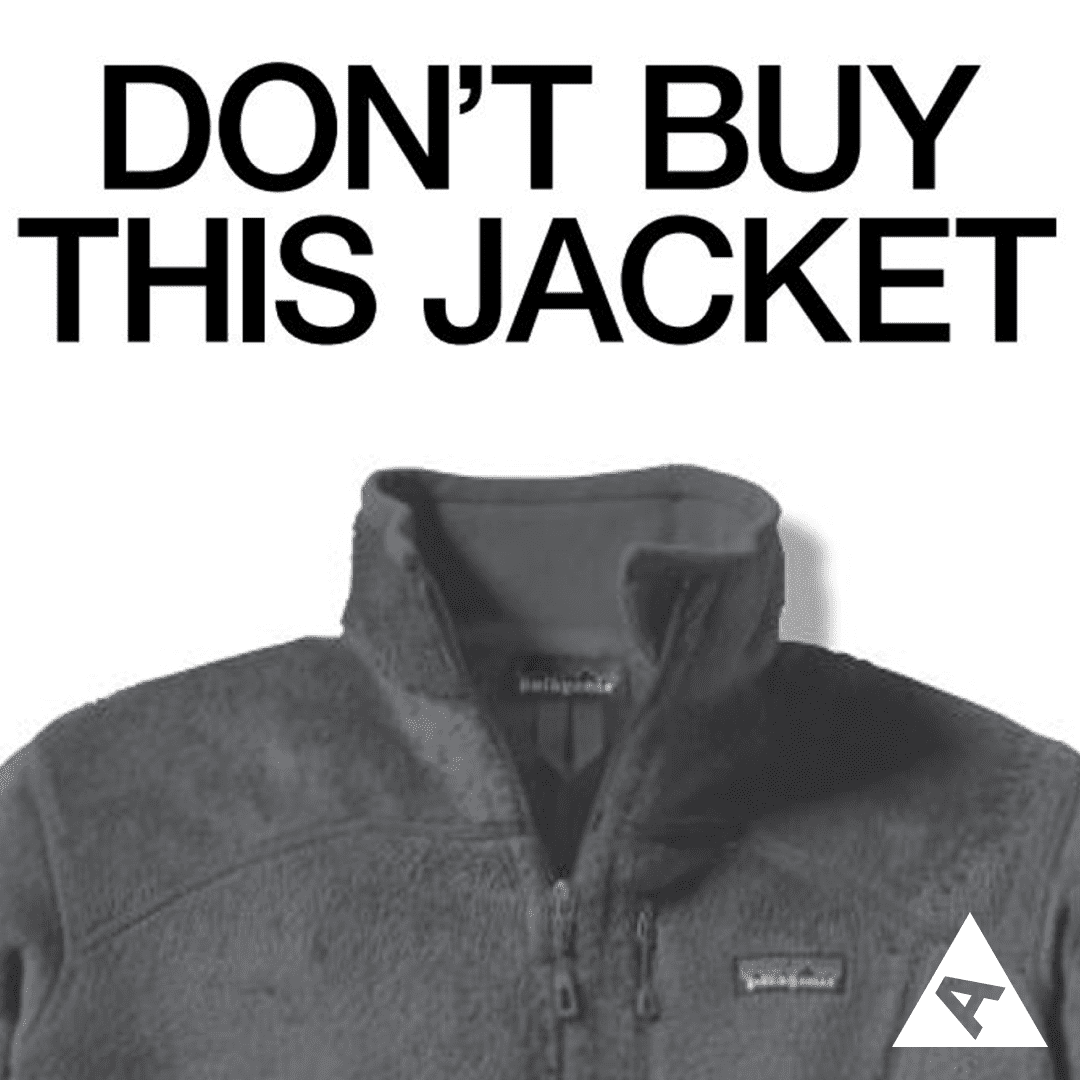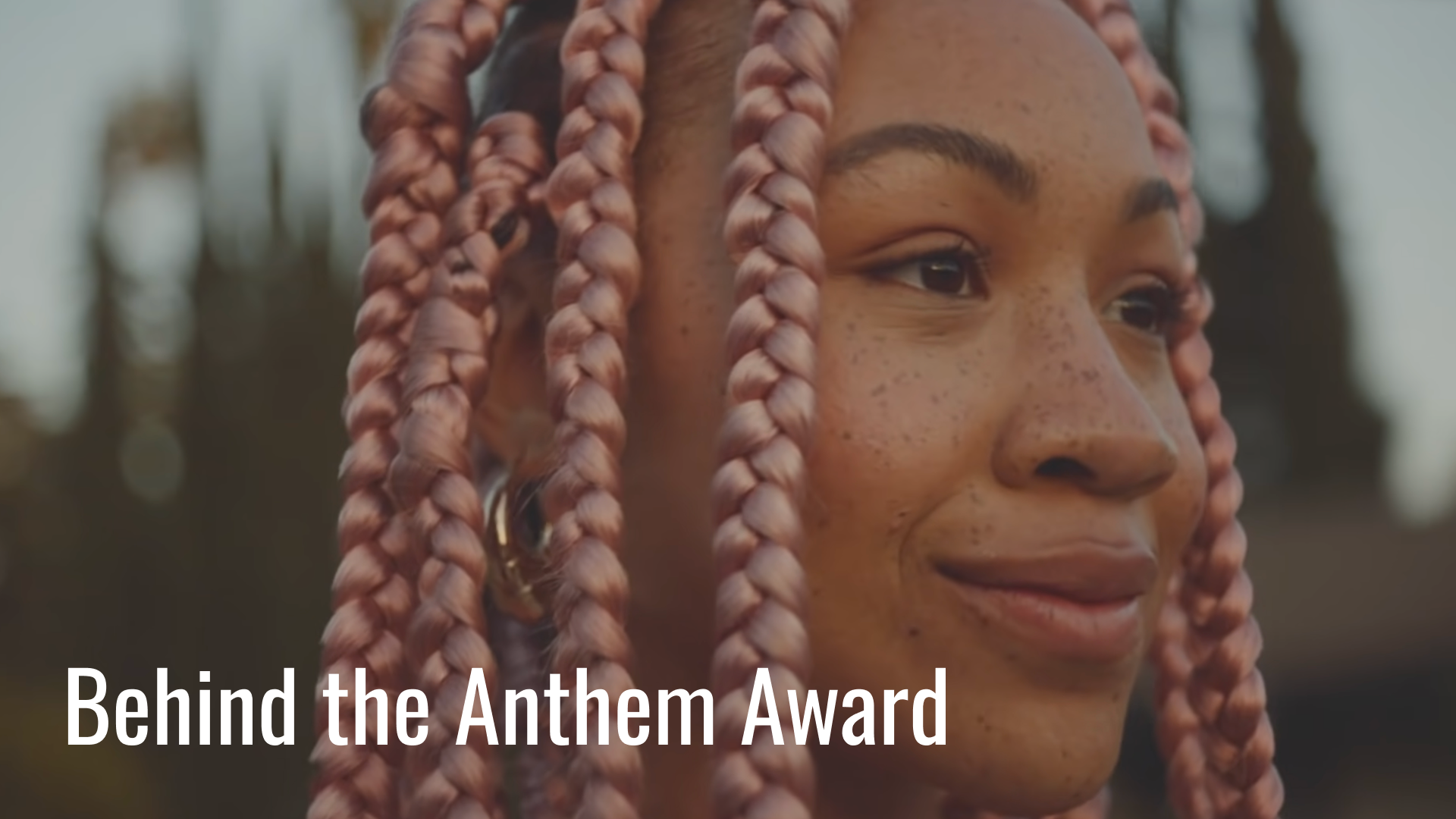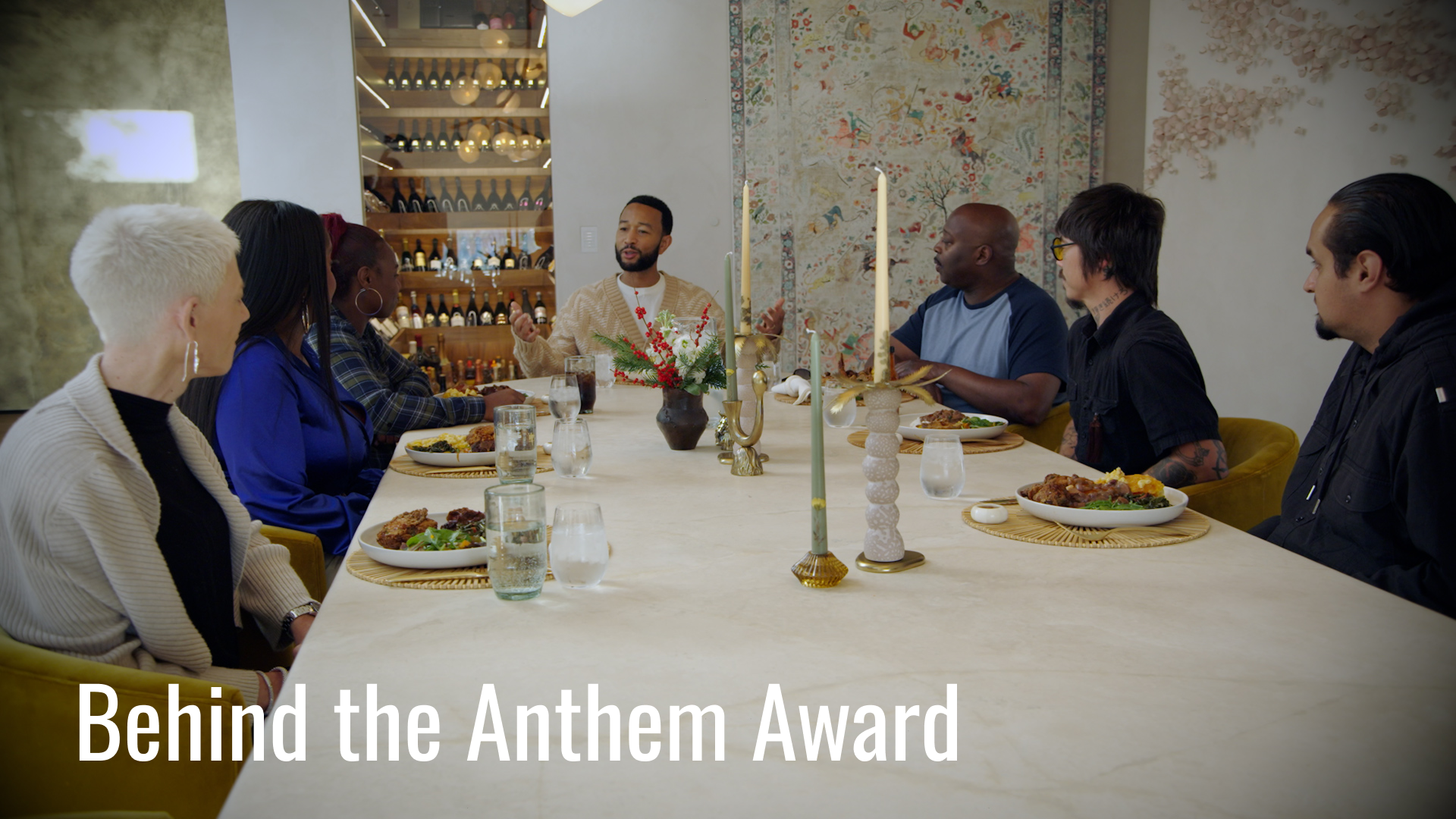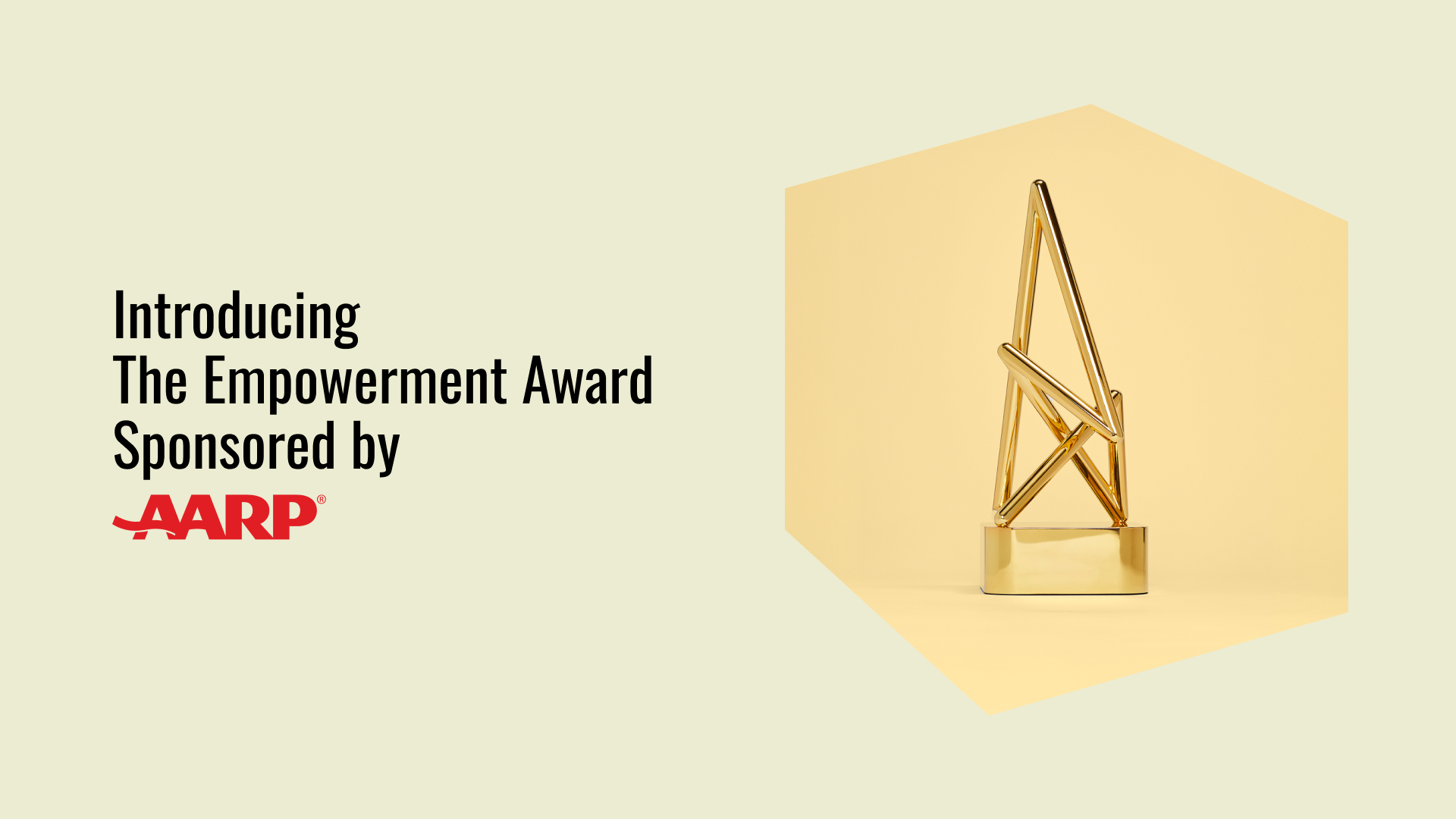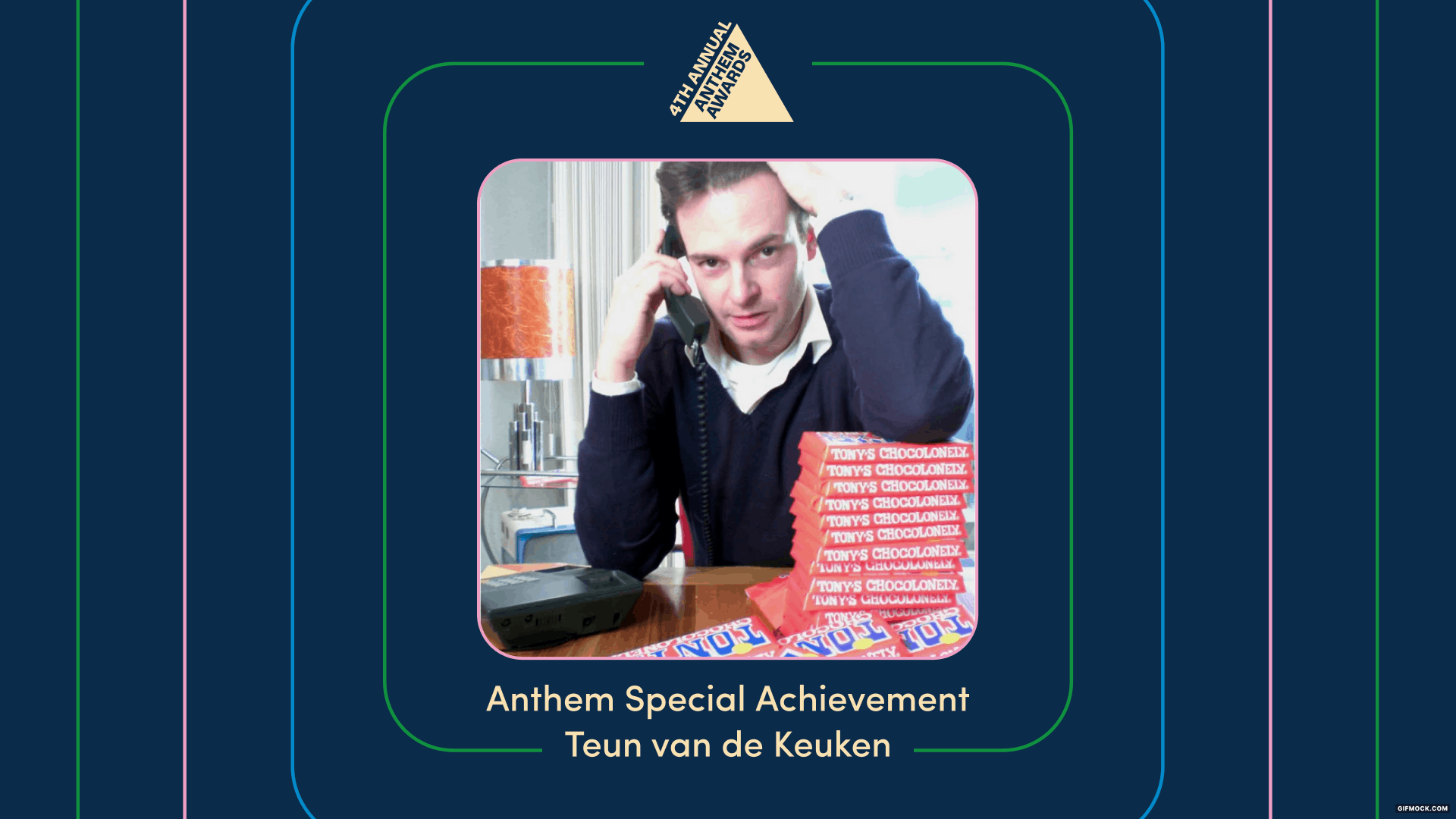Columbia Journalism Review on Creating The Disinformation Issue
Released in 2019, The Disinformation Issue addresses the ways false information online poses a threat to society – from the environment to social media and our political system.
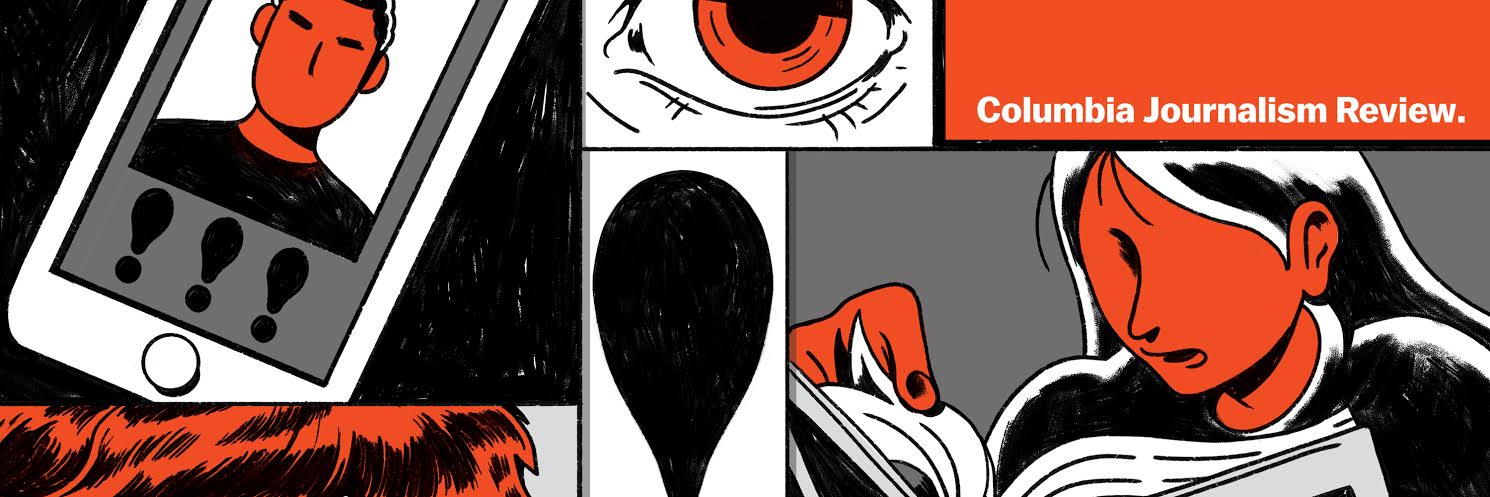
False statements. Hoaxes. Deep fakes. Doctored images. Conspiracy theories. The internet is rampant with misinformation that deliberately spreads to replace reputable sources with fake facts. This problem permeates digital spaces, and when misinformation goes uninterrupted it has real consequences for society. Ahead of the 2020 US presidential election, the Columbia Journalism Review commissioned twenty stories exploring the ways false information impacts us – from our political system to the environment to news. Released in 2019 as “The Disinformation Issue,” the work was lauded by journalists as required reading ahead of the election.
We spoke with Kyle Pope, Editor in chief and Publisher for Columbia Journalism Review about this project that won the Gold Anthem Award for Research Projects/Publications in our Responsible Technology cause.
Your Fall 2019 issue, The Disinformation Issue, was hailed as required reading ahead of the 2020 election. What steps did your team take to ensure you were adding meaningfully to the public discourse on disinformation.
It was clear then, as it is now, that one of disinformation’s goals is to undermine journalism. So our goal has been to make sure that journalists are aware of what they are up against. It was important for us to frame disinformation as not just a technology problem, though it is that, but also as a coordinated, structural attack on facts. It seems like a long time ago, but in 2019, the recognition of the problem was just starting to take hold.
In addition to publishing the article, CJR also participated in an experiment with advertising agency TBWA\Chiat\Day that replaced a newstand with fake headlines. Can you talk about this project, and the result that came out of it?
We took over a newsstand in Times Square and replaced the real publications with fake ones, made to look like well-known magazines and newspapers. The cover lines were headlines that had appeared on the internet. Inside was a short primer on how to recognize disinformation. We wanted people to realize that disinformation was all around them, and thought the point could be driven home by taking it out of the digital world and putting it in front of people, in their hands. The response was sobering: many people said they believed the fake headlines, and those who didn’t seemed not to care whether they were true or not.
What were some of the factors that contributed to the spread of disinformation online leading up to the 2020 Election?
There were many factors that accelerated disinformation then, and many of them remain in place today. They include the role of the social platforms in acting as a source of news, even though they take no responsibility for the accuracy of the content; the willingness of political players to mislead; the decline in local news; the generalized distrust of media. Unfortunately, the disinformation climate since 2020 has grown worse, not better.
It’s been nearly three years since you published this issue. How far do you think we’ve come in tackling the spread of false information online misinformation and disinformation? How far do we have to go?
We still have an enormous amount of work to do. Disinformation is now being weaponized, used by politicians and governments and interest groups to actively mislead people. Journalists are caught in the middle.
In what ways are you trying to expand your catalog in the coming years?
Covering disinformation has become one of the central goals of the Columbia Journalism Review. We do that by continuing to actively watch the technology platforms; by calling out bad actors who pose as journalistic outlets; by holding newsrooms to account in a time of declining public trust.
What did winning an inaugural Anthem Award for this project mean to you and your team at CJR?
It was a particular honor to be recognized as part of this initial class of Anthem Awards winners. We think this is critical work. And it was thrilling to be recognized for it by our peers.


